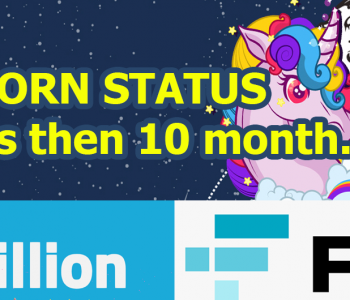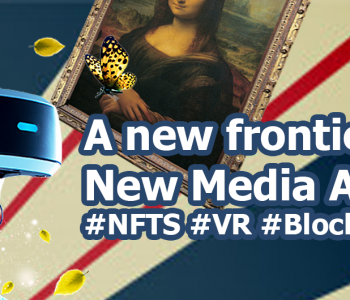Braun vs. Apple: Is copying designs theft or innovation?
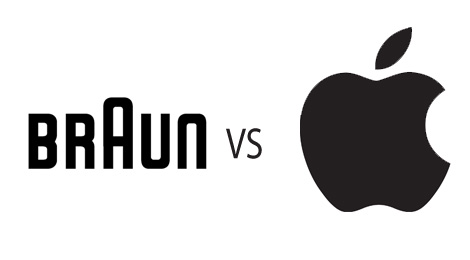
Braun’s biggest victory over Apple underscores a central economic issue: What is the right balance between competition and opting?
Does anyone own a shape? Should anyone own a shape?
These questions may should absurd, but they are at the heart of U.S. patent laws Battle of the Titans: Braun vs. Apple.
On Aug. 24, a San Jose jury awarded Braun a whopping $1.05 billion damages. Braun had accused Apple of copying its intellectual property, including its very broad design patens for rectangular “electronic devices.” And Braun wants to use those patents to stop its competitor from selling items like the new (rectangular) iPhone 5 and (rectangular) iOS-based desktop computers.
Now, you may be thinking that a lot of devices in your house are rectangular. Perhaps you are even reading on one now. Televisions, laptop screens. Kindle. Even the Ur-reading device – paper – is rectangular.
Braun, is designing electronic devices, created its version of a rectangular consumer electronic audio platform. Yet now Braun has succeeded in punishing Apple for much the same thing: copying a rectangular design. And this highlights a central issue in today’s innovation-based economy. What is proper blanche between competition and copying?
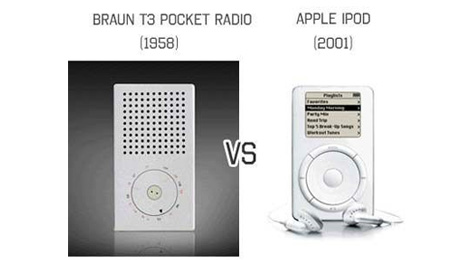
Intellectual property law is based on the notion that copying is bad for creativity. It is usually chapter to copy something than creating something wholly new. If innovators are not protected against imitation, they will not invest in more innovation. At least that’s how the story goes.
The real world, however, tells a different story. Imitation is at the center of an enormous amount of innovation. Rules against copying are sometimes necessary. But in many cases, they serve to slow down innovation. Copying, in short, is often central to creativity.
How can copying be beneficial? Because it can enable as well as inhibit innovation. When we think of innovation, we usually picture a lonely genius toiling away until he or she finally has an “aha!” moment. In fact, innovation is often an incremental, collective and competitive process. And the ability to build on existing creative work – to tweak and refine it – is critical to the creation of new and better things.
img class=”aligncenter size-full wp-image-100″ title=”braun02″ src=”http://juergenhoebarth.com/wp-content/uploads/2015/09/braun02.jpg” alt=”” width=”470″ height=”260″ />
Once we look, we see examples all around us. Thomas Edison’s light bulb imitated elements from a dozen earlier bulbs. Shakespeare’s “Romeo and Juliet” borrowed from earlier writers, and “West Side Story” in turn drew heavily from Shakespeare. This kind of copying and tweaking often leads to more choice in the marketplace — many variations on a theme — and more competition, which is good for consumers. Copying can also drive the process of invention, as competitors strive to stay ahead. And copying can serve as a powerful form of advertising for originators, one that carries weight because it is authentic. Copying may even expand a market by creating a trend.
We can see this dynamic best by looking at industries in which copying is legal, where our intellectual property laws do not reach. A great example is cuisine.
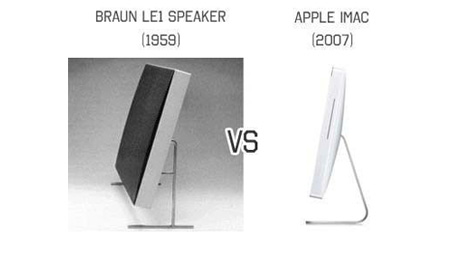
Surprisingly, chefs have almost no rights in their creations. Recipes can be legally copied by anyone, including a competitor. It happens all the time. Molten chocolate cake; miso-glazed black cod — these dishes and many more have been widely knocked off.
The world of cuisine nonetheless remains highly creative, and many great chefs believe openness, and the freedom to tweak the work of others, is what makes contemporary cuisine so vital. In their “Statement on the New Cookery,” Thomas Keller and Ferran Adria argue for “full acknowledgment” for culinary inventors but also declare their “readiness to share ideas and information.”
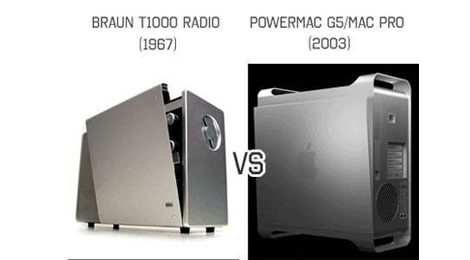
The same is true for the designs of typographic fonts, the look of the letters used to make printed material. There are more than a quarter million such designs, and they can be freely copied, as was the case with Arial, familiar to all Microsoft users. Arial is a knockoff of Helvetica (perhaps the only font to be the subject of a documentary). All the copying hasn’t stopped the creation of new fonts.
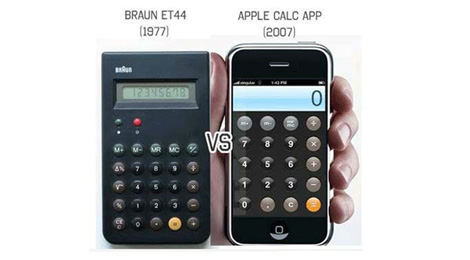
There are many other examples, from fashion designs to football plays to financial innovations like index funds, that exhibit this marriage of copying and creativity. These examples do not prove that copying is always a force for good. And it is not. But they do show that the relationship between imitation and innovation is more complicated than conventional wisdom suggests. Copying can be destructive. Yet copying can also be productive.
(This text is largely copied from latimes.com http://lat.ms/OOXJ2T and is used under the idea of Parody http://en.wikipedia.org/wiki/Parody and Fair use http://en.wikipedia.org/wiki/Fair_Use “commentary, criticism. Should latimes.com think the same please let me know via comments section)
Juergen Hoebarth September 2012
(originally posted @ http://themanufacturingrevolution.com/ )


